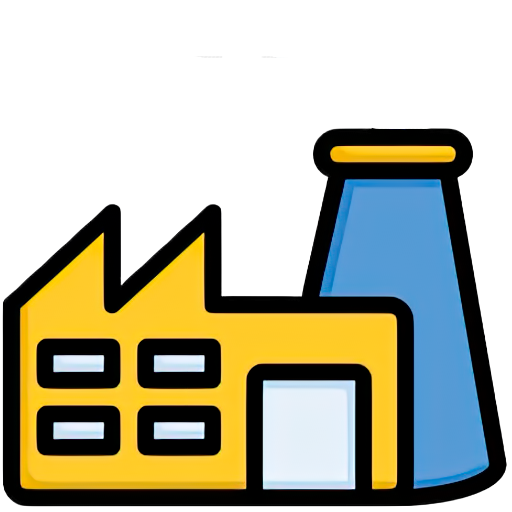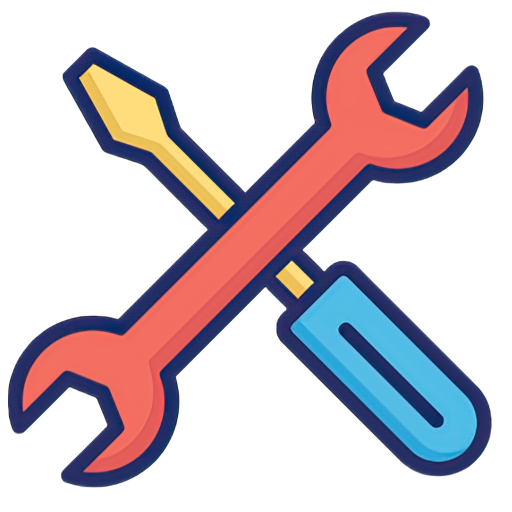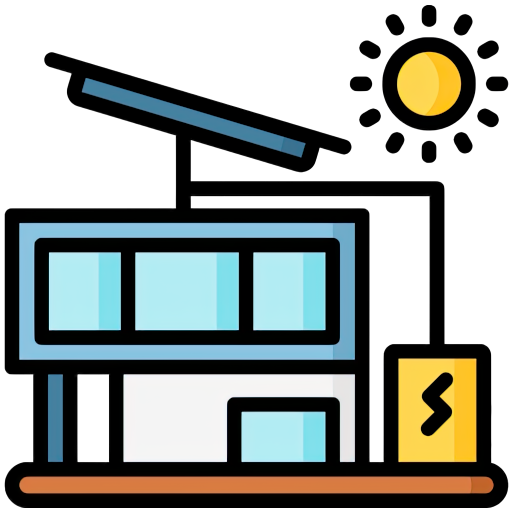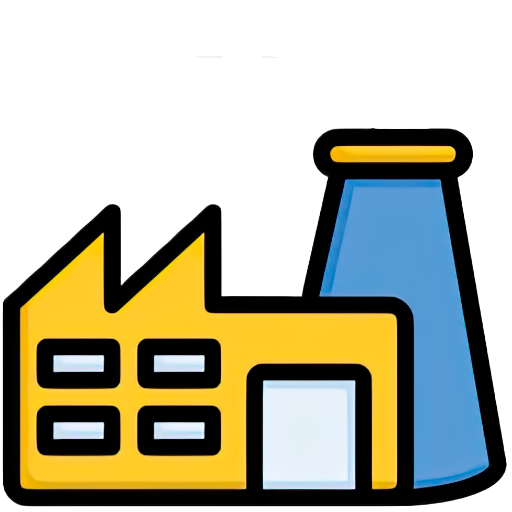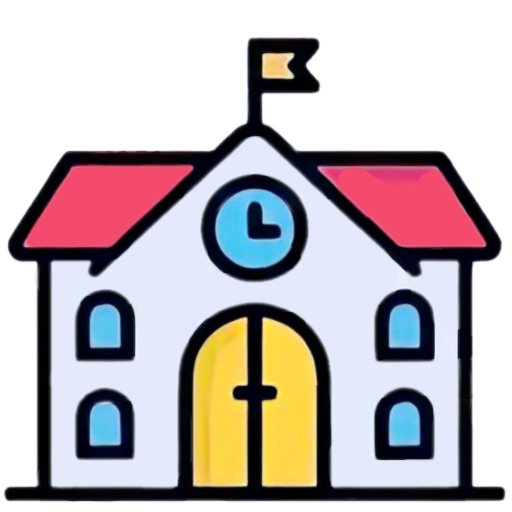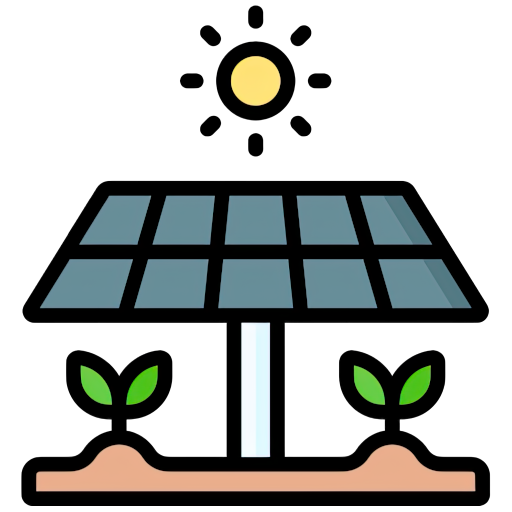Solar Power Inverters
The Inverter Is The Heart Of Your Solar Installation
Inverters are an important part of any solar energy system and are often thought of as the brains of a project, whether it’s a 2-kW residential system or a 5-MW utility power plant.
How Solar Inverters Work
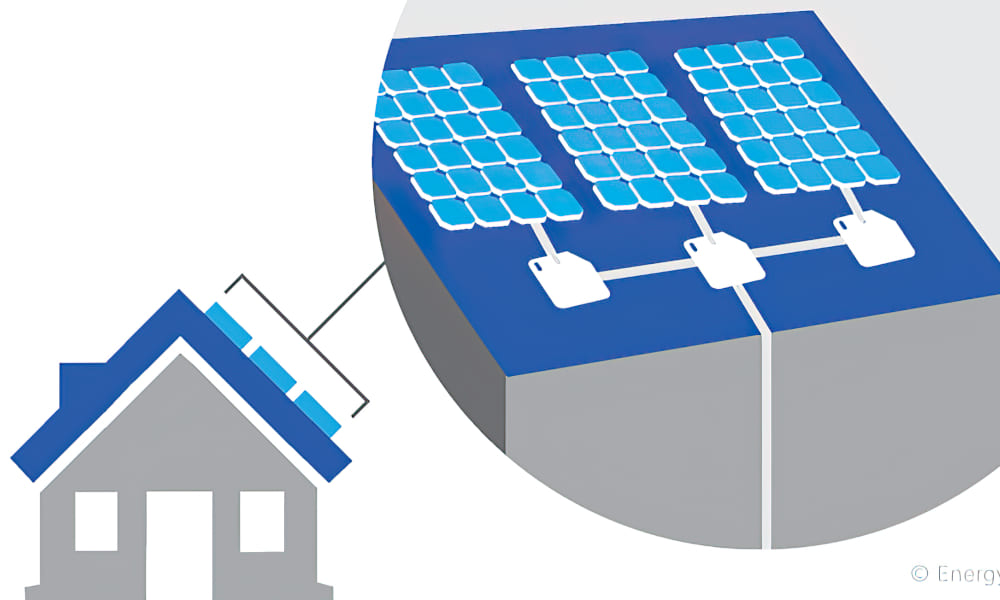
The main job of an inverter is to turn direct current (DC) into alternating current (AC) (AC). AC is the standard for all commercial appliances, which is why many people see inverters as the “gateway” between the photovoltaic (PV) system and the energy off-taker.
AC vs. DC Electricity For Solar Electricity?
For a more technical explanation, we need to go into more detail about how AC and DC electricity behave. DC electricity only flows in one direction, and the voltage stays the same. AC electricity can switch in direction as the voltage goes from positive to negative. To change DC electricity into AC electricity, an inverter quickly switches the direction of the DC input. This makes the DC electricity act like AC electricity, which changes it in a way.
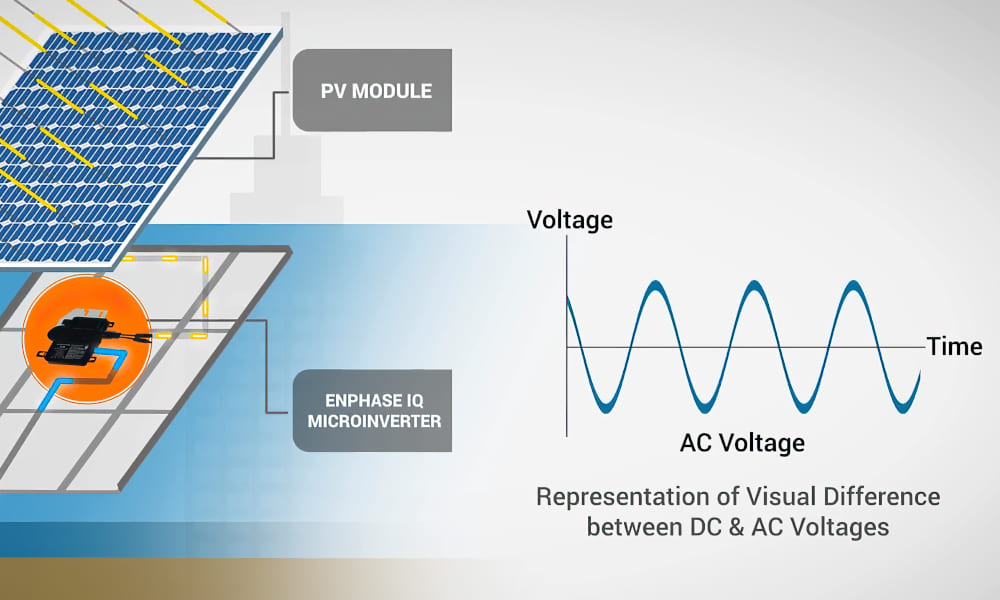
But your solar panel inverter does more than just change DC to AC. Solar inverters are also used to monitor the system and connect your solar energy system to computer networks.
To ensure the efficiency of your solar installation, you must have the best inverter on the market.
What Are There Different Types of Solar Inverters?
There are several types of solar inverters, the most common of which are string inverters and microinverters.
How Do Solar String Inverters Work?
A string inverter connects to a group of solar panels and converts the electricity generated by the entire string. String inverters are inexpensive, but they have some drawbacks.
If a single panel connected to a string inverter has a problem, such as shading or damage, the entire string suffers, and power production is reduced.
How Do Solar Microinverters Work?
Microinverters are a relatively new technology that is quickly gaining traction, particularly in residential solar applications.
Microinverters are small devices that are connected to individual solar panels. Instead of sending power from each panel to a single central inverter, they convert it separately. This separation keeps problems with one panel from affecting the entire system and allows each panel to be monitored separately.
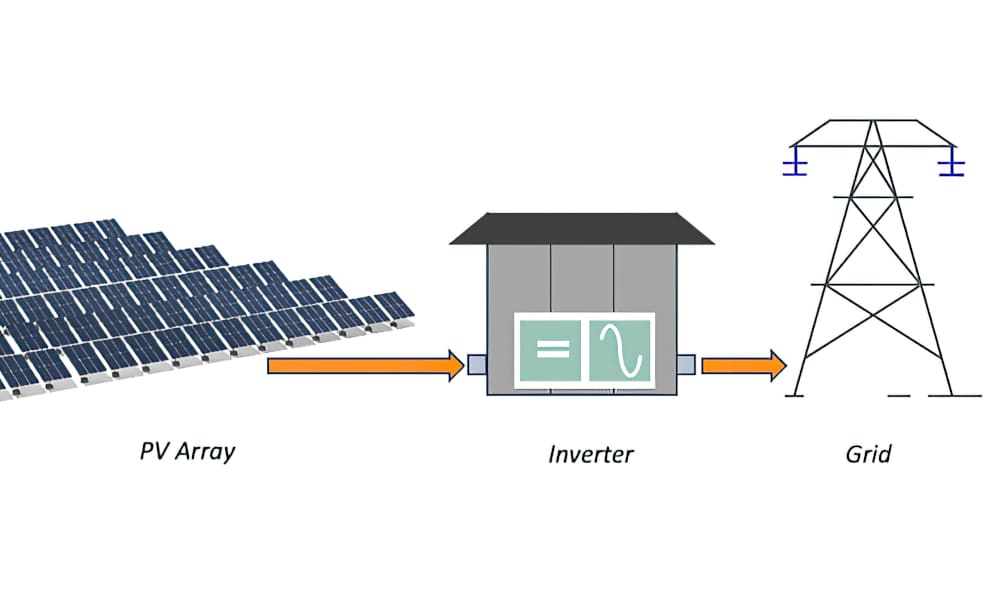
We provide two inverter options. A microinverter is one option, and a single inverter with optimizers is another. While you have a choice in the type of inverter used on your system, we only work with one manufacturer for each style.
Because the inverter is so important to your system, we did the necessary research and made the difficult decision of which manufacturer to use for each option.
Microinverters By Enphase Energy for High Solar Energy Power
We install industry-leading solar panels and products at METRO Solar, which is why we primarily use Enphase inverters. These powerful microinverters maximize the power from each panel and enable you to generate power continuously, even if one microinverter fails.
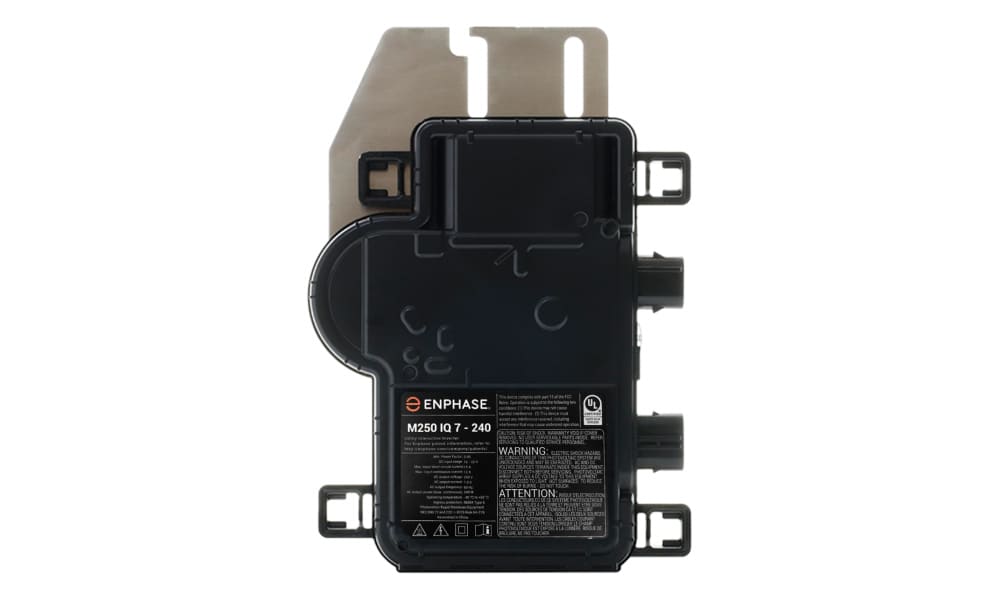
The Federal Emergency Management Agency (FEMA) recommends Enphase inverters because they are designed to withstand severe weather conditions. Furthermore, because of their modular design, Enphase microinverters make it simple to expand your solar array as your power needs change.
Each solar panel has an Enphase microinverter attached to it, which converts the DC power into AC power right where it is generated. Perfect for shady roofs thanks to microinverters’ ability to isolate individual panel performance.
There are many benefits to a microinverter system including:
- More efficient
- Most detailed monitoring
- Long lifetime
Speak to a Solar ExpertCall us at 281-916-4244
Fill out the form below to find out more about the services we offer.


